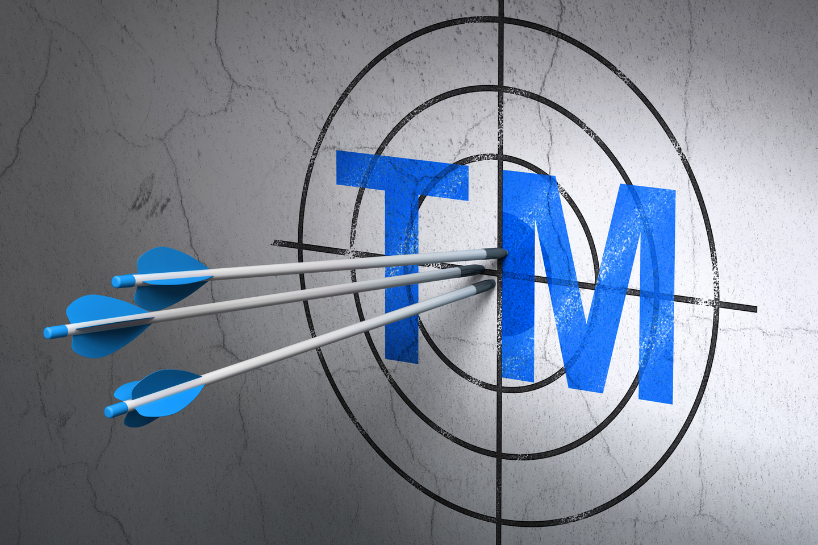Have you received an Adverse Examination Report in response to a trade mark application filed with IP Australia? If the answer is yes, don’t be alarmed, we are here to let you know everything there is to know about receiving an Adverse Examination Report (“Adverse Report“) and the steps to overcome it.
What is an Adverse Report?
An Adverse Report is issued by IP Australia when a trade mark application does not meet legislative requirements pursuant to the Trade Marks Act 1995 (Cth). The Adverse Report addresses the issues with the trade mark application and outlines the reasons why your trade mark does not meet the requirements. It also provides guidance and suggestions on how to overcome each of the issues (if it is possible to do so). For example, an Adverse Report may be issued if you have applied to register a trade mark in the wrong class or for a logo which is already a registered trade mark owned by someone else.
In any event, issues raised in the Adverse Report must be overcome before your application can move to the next phase of the application process, acceptance.
How long do I have to respond?
In the event you receive an Adverse Report, you will have a period of 15 months from the date of the Adverse Report to respond and overcome the issues raised. If for some reason you are unable to make submissions during the 15 months, there is an option to request further time. However, in this case, you will need to advise IP Australia as to why you were unable to request further time before the 15-month period ended. Fees apply to request further time and failure to respond in accordance with these deadlines will result in your application lapsing.
Responding to an Adverse Report
It is possible that the issues raised in an Adverse Report can be overcome by making slight amendments to the class descriptions. However, in some circumstances where the issues raised go beyond this e.g. the examiner considers your mark similar to a prior registered mark or descriptive of the goods or services you wish to register, your response will need to be a lot more detailed and substantiated with evidence of use. The examiner will usually guide you as to what type of evidence of use you should put forward.
Evidence of Use
Evidence of use refers to information about how your trade mark has been used and promoted in the past and present. It may include evidence of:
- Actual use – a brief history of the trade mark including the date of first use and location of past and present use, what goods or services are sold under the trade mark and any examples of how the trade mark has been used to sell those goods or services (e.g. advertising materials and expenditure or promotion costs);
- Intended use – your intention to use the trade mark such as business plans, research or any other documents;
- Prior use – evidence that proves you have used your trade mark prior to the filing date of an identical or similar registered trade mark and that you have been using the trade mark continuously up until the date of filing;
- Honest concurrent use – evidence showing that you honestly adopted your trade mark and have been using the trade mark concurrently with an identical or similar prior registered trade mark with no confusion amongst the public between the two; and
- Any other relevant circumstances or information which you think will address the issues raised within the Adverse Report.
Final submissions
Once all the evidence is collated and ready for submission, it must be prepared in the form of a statutory declaration attaching relevant exhibits to support the statements made within the declaration.
Making submissions will not guarantee that your trade mark will proceed to acceptance. Ultimately, this will be dependent on the evidence available. However, in our experience, more often than not, putting forward substantial evidence that clearly deals with these issues can be an extremely helpful tool in overcoming the examiner’s concerns and pushing the application through to acceptance.
Our team here at Hunt & Hunt Lawyers can assist you with any trade mark needs. If you require any assistance with your trade marks or have you have received an Adverse Report and are not sure where to start, please contact our office.
Written by Tyrone Walker with credits to Georgette Georges and Simone Cacopardo.









